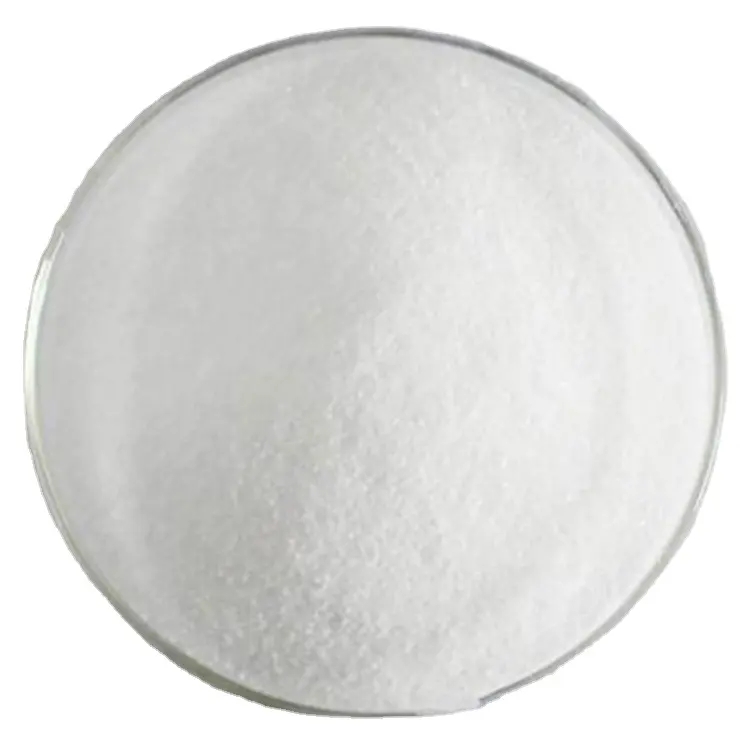
Nov . 24, 2024 07:55 Back to list
titanium dioxide is prepared from
The Preparation of Titanium Dioxide Methods and Applications
Titanium dioxide (TiO2) is a widely used inorganic compound valued for its high refractive index, strong UV light absorbing properties, and non-toxic nature. It plays a critical role in various industries, including paint, coatings, plastics, cosmetics, food, and pharmaceuticals. This article will discuss the methods of preparing titanium dioxide, its applications, and the importance of this versatile compound.
Methods of Preparation
Titanium dioxide can be prepared through several methods, with the most popular being the sulfate process and the chloride process.
1. Sulfate Process This method involves the reaction of titanium-containing ores, such as ilmenite (FeTiO3), with sulfuric acid. The process begins with the digestion of the ore in concentrated sulfuric acid at high temperatures, typically around 200-300 °C. This results in the formation of titanium sulfate, which is then hydrolyzed to produce titanium dioxide as a precipitate. The precipitated TiO2 is further calcined (heated) to enhance its crystallinity and to produce the desired rutile or anatase forms of titanium dioxide. The sulfate process is relatively simple but generates a significant amount of waste, making it less environmentally friendly than the chloride process.
2. Chloride Process The chloride process is considered a more efficient and environmentally friendly method for producing high-purity titanium dioxide. In this process, titanium ores are first converted into titanium tetrachloride (TiCl4) by reacting with chlorine gas at high temperatures. The titanium tetrachloride is then oxidized in the presence of oxygen, leading to the formation of titanium dioxide. This method produces a purer product with a lower environmental impact since it primarily produces gaseous by-products that can be managed more easily than the solid wastes generated by the sulfate process.
Both methods yield titanium dioxide that can exist in two primary crystalline forms anatase and rutile. Anatase is typically used for photocatalytic applications and UV protection, while rutile is favored for pigmentation due to its superior opacity and brightness.
Applications of Titanium Dioxide
titanium dioxide is prepared from

Titanium dioxide has a myriad of applications across various sectors
- Paint and Coatings Titanium dioxide is the most commonly used white pigment due to its excellent covering power and brightness. It provides durability and resistance to fading, making it ideal for outdoor applications.
- Plastics The compound is added to plastics to enhance their whiteness, brightness, and opacity. It is commonly used in the production of PVC and other thermoplastics.
- Cosmetics In cosmetics, titanium dioxide serves as a pigment in products like foundation, sunscreen, and facial powders. Its ability to block UV light makes it an essential ingredient in sun protection formulations.
- Food Industry Titanium dioxide is also permitted as a food additive (E171), commonly used for whitening food products, such as confections and dairy.
- Photocatalytic Applications Titanium dioxide exhibits photocatalytic properties, making it useful in self-cleaning surfaces, air purification, and water treatment. Its ability to degrade organic pollutants under UV light has opened avenues in environmental purification technologies.
Conclusion
Titanium dioxide is a remarkable compound with diverse methods of preparation and a wide array of applications. Its unique properties, including durability, UV resistance, and excellent pigmentation, render it indispensable in various industries. As sustainability becomes increasingly important, the development of more eco-friendly methods for titanium dioxide production will play a vital role in ensuring that this valuable compound continues to meet the demands of modern applications while minimizing environmental impacts. As research progresses, we can expect to see even more innovative uses for titanium dioxide in the years to come.
-
Premium 6618 Titanium Dioxide for GPT-4 Turbo Applications
NewsJul.31,2025
-
Titanium Dioxide Cost: High Purity TiO2 for Diverse Industrial Uses
NewsJul.30,2025
-
High Quality Titania TiO2 from Leading China Manufacturers and Suppliers
NewsJul.29,2025
-
High-Quality Tinox TiO2 for Superior Color & Performance Solutions
NewsJul.29,2025
-
High Quality Titania TiO2 from Leading China Supplier & Manufacturer
NewsJul.29,2025
-
High-Performance r6618 TiO2 for Superior Whitening and Versatility
NewsJul.28,2025
